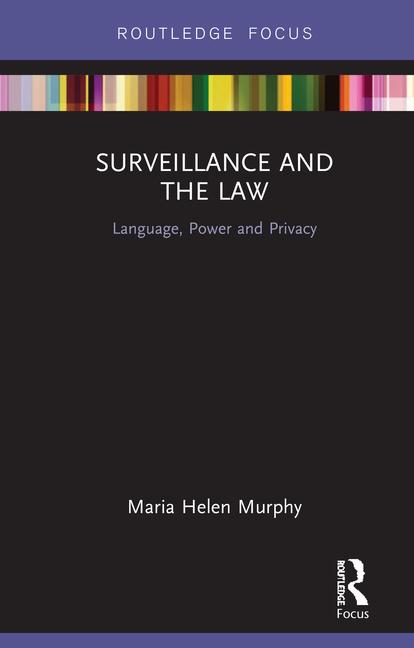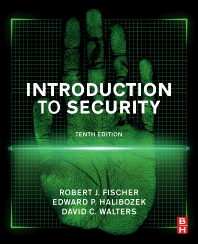SIAC immersed itself in these immediate goals and was successful in developing critical tactics such as CSAA’s Enhanced Call Verification (ECV) and the promotion of standards such as the SIA CP-01 Control Panel Standard. While critical to the specific mission, this was not enough. Studying effective ordinances and also ordinances that failed the test of time brought about a new vision of what alarm legislation should look like. It is now possible to promote legislation that has the potential to reduce dispatches by over 90 percent without compromising the security or safety of the citizens we protect.
A large criticism by law enforcement of our industry has been the perception that alarm systems were ineffective at capturing the bad guys. Admittedly, alarms don’t capture many criminals, but they’ve never really been designed to do so. Our tradition is one of deterrence, and we’ve been very effective in that role. In Sparks, Nev., the police chief reported to his city council that over a five-year period, less than three percent of all victimized properties were those with alarm systems, while the alarms protected over 20 percent of the residential properties and over 50 percent of all commercial locations. He also reported that over 98 percent of all alarm calls were false. With SIAC’s success in greatly diminishing the number of false dispatches, is it now time to investigate the deployment of new technologies to improve the actual capture rate on our remaining dispatches?
With the current state of our economy, law enforcement is under even greater pressure to fulfill its mission with fewer resources. In fact, a recent report predicted that over 50 percent of all law enforcement agencies will lose personnel before the current recession is over. By actively
promoting the use of SIAC’s identified best practices, these agencies now have the capability to address the high volume of unnecessary dispatches.
We believe SIAC needs to evolve to prevent previously friendly jurisdictions from considering draconian response measures because of this new financial stress. The alarm industry needs to adopt a positive offering to complement the current “minimizing a negative” message that has taken us this far — and we can do it. New affordable technologies and processes that confirm the presence of an intruder may be one answer that we can offer the responder. It is time for the industry to package these improvements and strengthen its partnership with law enforcement to become more efficient and more effective.
Providing greater alarm confirmation is something that the industry should explore. While video is one obvious option, there are other options that should be put on the table for consideration. Audio has been around for decades, and police still value the additional confirmation that audio may provide in certain circumstances. Multiple trips of different detectors confirming movement from a door, through a hallway and into another room also provides valuable information beyond a “standard alarm signal.” In the coming years, advances in biometrics will become affordable and take their place as well.
The industry now has an expanding quiver of affordable options that can provide additional information to help our law enforcement partners determine their level of response. Though each agency will make its own decision on how to apply this information, there is no doubt that technology will play an expanding role in the dispatch process. SIAC has not yet come to any hard conclusions, except that the time is ripe for new options and a broader message to offer to law enforcement suffering under declining budgets.

.png?height=200&t=1649184679&width=200)


